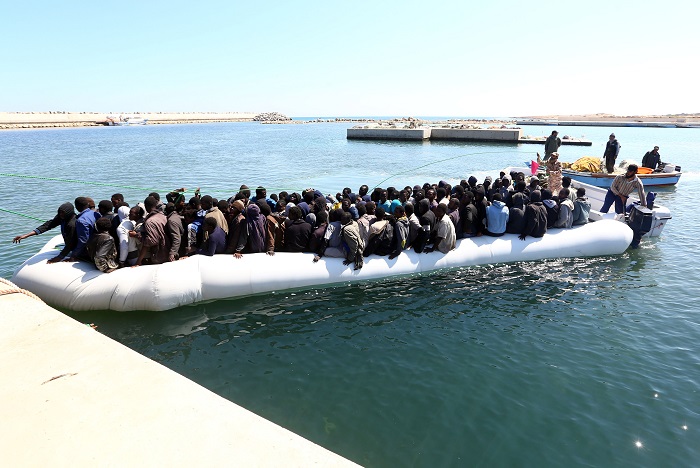Refugees changing routes in risky journeys to Europe
Published : 23 Nov 2017, 23:41
Refugees and migrants showed signs of changing their routes in risky journeys to Europe during the third quarter of 2017, the UN refugee agency UNHCR said on Thursday.
"Over the past months, the sea route to Greece has gained more traction, sea arrivals to Italy have reduced and we have seen migrants and refugees using increasingly diversified journeys to reach Europe," said Pascale Moreau, director of UNHCR's Europe Bureau.
The number of crossings from Libya to Italy has dropped, with about 21,700 people arriving by sea to Italy between July and September, the lowest number for this period of the past four years.
"Despite the reduction of crossings via the Central Mediterranean route, thousands continue to attempt desperate and dangerous journeys to Europe," said Moreau.
She noted with deep concern that as of Nov. 20, close to 3,000 people are estimated to have died or gone missing at sea and another 57 known to have died along land routes in Europe or at Europe's borders in 2017. The actual numbers are likely to be higher, she noted.
During the third quarter of the year, an increased proportion of those arriving in Italy had departed from Tunisia, Turkey and Algeria and the top three nationalities arriving in Europe via the Mediterranean routes were of Syrian, Moroccan and Nigerian nationality.
Since mid-year, Greece has witnessed a rise in sea and land arrivals and in September, around 4,800 people reached its shores, the highest number in one month since March 2016.
Some 80 percent of sea arrivals to Greece were Syrian, Iraqi and Afghan nationals, out of which two thirds were women and children.
In parallel, Spain saw a 90 percent increase of land and sea arrivals during the third quarter of 2017 compared to the same period last year with most of the 7,700 arrivals from Morocco, Cote d'Ivoire and Guinea, but land arrivals were mostly Syrian nationals.
The report underscores difficulties for many women and girl victims of trafficking and of the more than 15,200 unaccompanied and separated children who have arrived in Europe so far this year.


